Cold Room Door
Optimized & Cold chain Industry-ready Solutions
For All Your Complicated Needs
From walk-in coolers to industrial warehouse applications, from cooler doors to freezer doors, Cold Storage Doors combine the latest technology, premium materials and design features to meet the demanding requirements of the cold storage industry.
PU Cold Room Door can be supply different thickness 100mm/150mm/200mm.
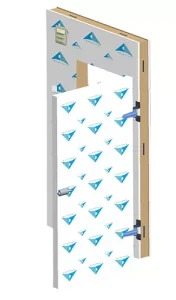
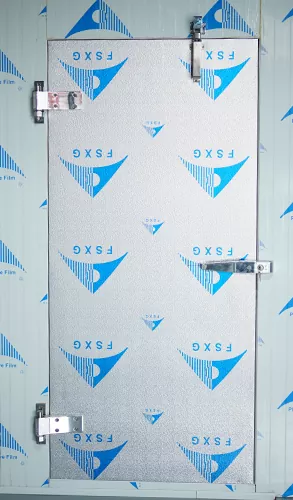
Our Innovations
Cold Storage Industry Focused Application!
|
Cold Room Door Types
|
Thickness
|
Application
|
|---|---|---|
|
Automatic Sliding Door
|
100mm to 200mm
|
The automatic mechanism of the door is designed to open and close without the need for manual intervention. The door can be operated using various sensors such as motion sensors or pressure sensors, which detect the presence of a person or object and trigger the door to open or close accordingly.
|
|
Manual sliding door
|
100mm to 200mm
|
Manual cold room sliding doors are commonly used in smaller refrigeration units or in settings where the frequency of use is lower. They are also a more cost-effective option compared to automatic doors, as they do not require electrical components or sensors.
|
|
Hinged Door
|
100mm to 200mm
|
The door is typically made of insulated materials to maintain the desired temperature inside the room. It can be manually operated, or it can be equipped with an automatic closing mechanism to ensure the door is always closed when not in use.
|
|
Glass Door
|
5mm ~ 15mm, or Double-pane vacuum glass
|
Cold room glass doors are commonly used in commercial settings such as grocery stores and restaurants, where it is important to display products while maintaining temperature control. They can also be used in industrial settings where visibility into the cold room is necessary for safety reasons.
|
Our Production
Cold Storage Industry Focused Products!
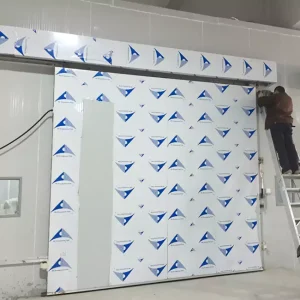



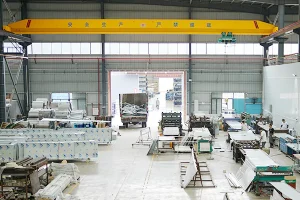
Cold room doors come in a variety of types, including automatic sliding doors, manual sliding doors, hinged doors, and glass doors. They are typically made from insulated materials such as steel, aluminum, or glass, and may include additional features such as magnetic or pressure-sealing gaskets to prevent air leakage.
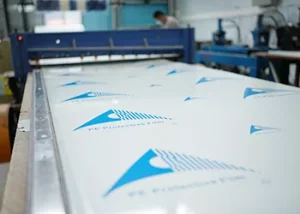 The process of cutting stainless steel panels for cold room doors involves several steps. First, the stainless steel panel is measured and marked according to the desired dimensions for the cold room door.
The process of cutting stainless steel panels for cold room doors involves several steps. First, the stainless steel panel is measured and marked according to the desired dimensions for the cold room door.
Next, a cutting tool such as a plasma cutter or waterjet cutter is used to cut the panel to size. The cutting tool is programmed to follow the markings on the panel precisely, ensuring accurate cuts and minimizing waste.
After the panel has been cut to size, it may undergo additional processing such as bending, welding, or finishing to prepare it for use in a cold room door. Bending is typically used to create a curved or angled shape for the door, while welding is used to join multiple panels together to create a larger door.
Finally, the stainless steel panel is inspected for quality and may undergo additional finishing processes such as polishing or coating to improve its appearance or protect it from corrosion.
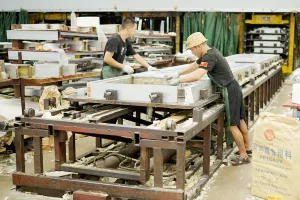 The foam insulation process for cold storage panels involves injecting polyurethane foam or other insulating materials between the two metal layers of the panel. The foam is typically sprayed into the cavity using a high-pressure foam injection machine, which mixes the foam components and pumps the mixture into the panel. As the foam expands, it fills the space between the metal layers and adheres to the surfaces, creating a solid and seamless insulation layer. This foam layer helps to prevent heat transfer and maintain a consistent temperature inside the cold storage area. After the foam has been injected and allowed to cure, the excess foam can be trimmed and the panel edges can be sealed to ensure a tight and secure fit. Proper insulation is critical for the efficiency and effectiveness of the cold storage facility, and the foam insulation process is an important step in achieving this goal.
The foam insulation process for cold storage panels involves injecting polyurethane foam or other insulating materials between the two metal layers of the panel. The foam is typically sprayed into the cavity using a high-pressure foam injection machine, which mixes the foam components and pumps the mixture into the panel. As the foam expands, it fills the space between the metal layers and adheres to the surfaces, creating a solid and seamless insulation layer. This foam layer helps to prevent heat transfer and maintain a consistent temperature inside the cold storage area. After the foam has been injected and allowed to cure, the excess foam can be trimmed and the panel edges can be sealed to ensure a tight and secure fit. Proper insulation is critical for the efficiency and effectiveness of the cold storage facility, and the foam insulation process is an important step in achieving this goal.
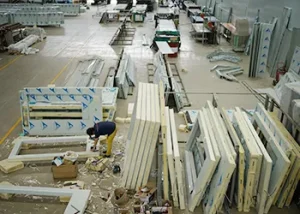 The process of installing accessories for cold room doors involves several steps. First, the door frame is inspected to ensure it is clean and free of debris.
The process of installing accessories for cold room doors involves several steps. First, the door frame is inspected to ensure it is clean and free of debris.
Next, the accessories such as hinges, handles, locks, and gaskets are positioned and secured onto the door frame. Hinges are typically attached to the door frame using screws or bolts, while handles and locks are installed according to manufacturer instructions.
Once the accessories are securely attached to the door frame, the door itself is carefully installed into the frame. The door may be attached to the hinges and tested for smooth operation and proper alignment.
Finally, the gaskets are installed around the edges of the door to create a tight seal and prevent air leakage. The gaskets are carefully positioned and secured onto the door frame using adhesive or screws.
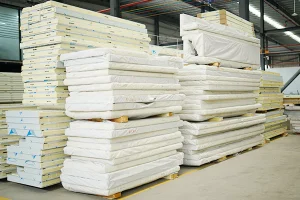 The packaging process for cold room doors before installation involves several steps. First, the door is carefully inspected to ensure it meets quality standards and is free of any defects or damage.
The packaging process for cold room doors before installation involves several steps. First, the door is carefully inspected to ensure it meets quality standards and is free of any defects or damage.
Next, the door is wrapped in a protective material such as foam or plastic to prevent scratches or other damage during transport. The door is then placed in a sturdy cardboard or wooden crate and securely fastened to prevent movement during transport.
Additional padding or bracing may be added to the crate as needed to ensure the door is protected during transport. The crate is then labeled with relevant information such as the door model number, dimensions, and destination address.
Overall, the packaging process for cold room doors before installation is an important step in ensuring the door arrives at its destination in good condition and is ready for installation. Proper packaging and handling can help to prevent damage and ensure the door functions properly in the cold storage environment.